How to Create Art that Reflects Your True Self?
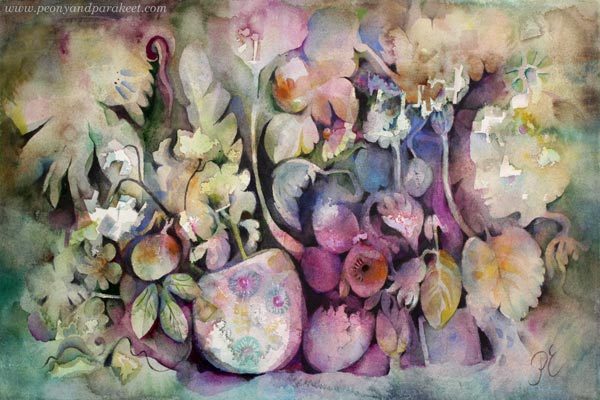
We artists talk a lot about finding our visual style. But while working on with this watercolor painting, I started to wonder if we try to force it too much through big declarations like:
– “I am going to paint portraits only.”
– “I am a fantasy artist.”
– “I only do abstracts.”
Isn’t style more in small and practical decisions that take place when we are creating. The problems arise so quickly and accidentally that we routinely respond to them. We often follow the easiest or the most ordinary path which usually leads to art that doesn’t reflect our true selves.
Child Doesn’t Think about Visual Style
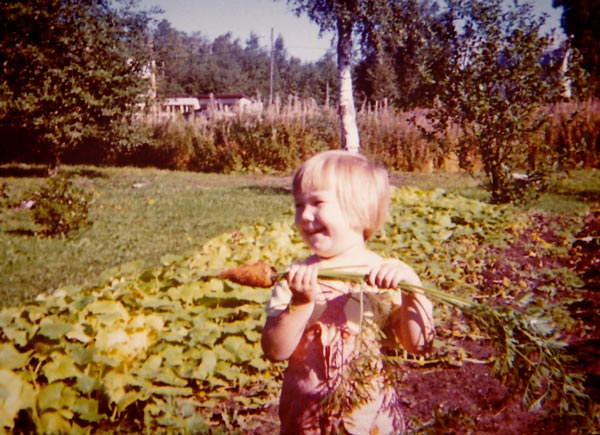
When I was a small child, every day was filled with wonders of life. When I didn’t think too much of what would be appreciated in the world of adults, I led myself to enjoy things fully. I didn’t question if my hair was ok when my mother asked me to get in front of the camera. I loved the sunny day, the attention, and was proud of that big carrot, a miracle grown in our own garden.
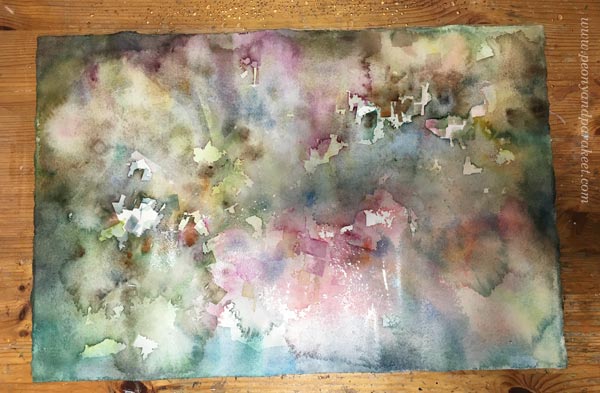
So, when starting a painting, more than trying to see the whole garden at once, I try to dig out a carrot – a small detail that I choose to embrace. It can look ugly and insignificant to others, but to me, it feels lovely.

If I start questioning if this is my style, it’s like saying “If you want to become an artist, you should hold a brush instead of a carrot” to the child. In the class Floral Fantasies, I have an exercise where we grow a painting from a baby to an adult. The painting that’s just a small child can’t look like a grown-up. At best, you move towards your true self layer by layer.
Overcoming the Seek of Acceptance
Expression-wise, the most important decisions are made when you have been painting for a while. Then you are dealing with a teenager. In general and also in paintings, it’s the age when you follow what others do and seek acceptance.

I tend to lock too easily what comes up in the middle of the painting process. In this watercolor painting, I saw a duck coming up. It would have been so easy to make the duck the centerpiece of the painting. I like animals, and I know many of my customers like them too. But I wanted the image to be more mysterious and express growth. So I left the egg instead and changed the duck to a pot. It required a lot more work, but I am very happy with the decision!
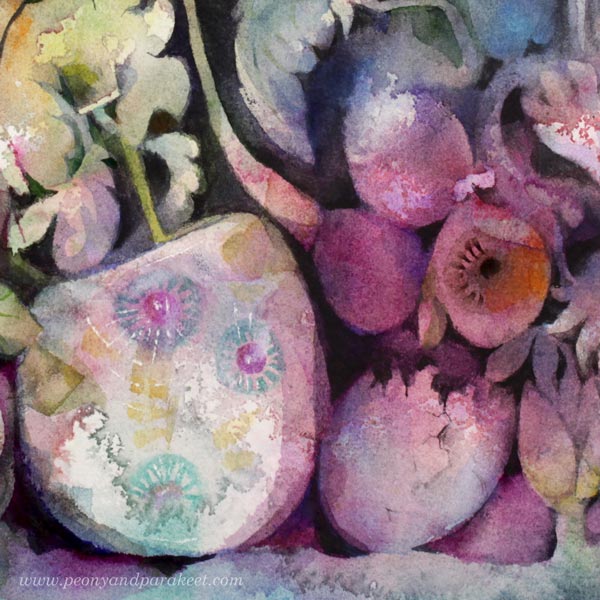
Preserving Some, Letting Some Go
I have had the privilege to follow my dog Cosmo getting old. In the age of 14, has let go of many things, but he fights to keep the things he has always enjoyed. He wants to go for a walk in the woods, steal my socks, and roll over to get a pig’s ear.
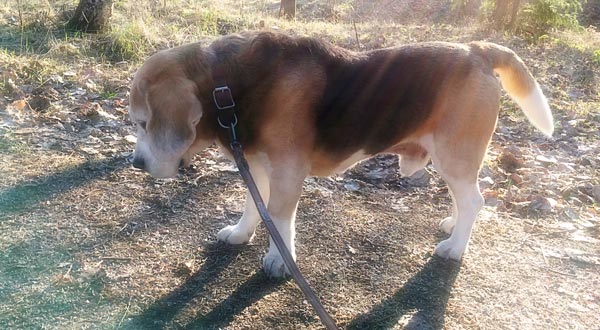
With Cosmo, I have been thinking about how difficult it is to me to let go of the things that I don’t even want.
Here’s what we artists say to ourselves when we refuse to remove the duck, the obvious or the accidental elements:
– “Maybe somebody else will enjoy this painting.”
– “It was just an experiment.”
– “My next painting will be better.”
– “I don’t know if this is good or bad.”
– “I feel unfocused.”
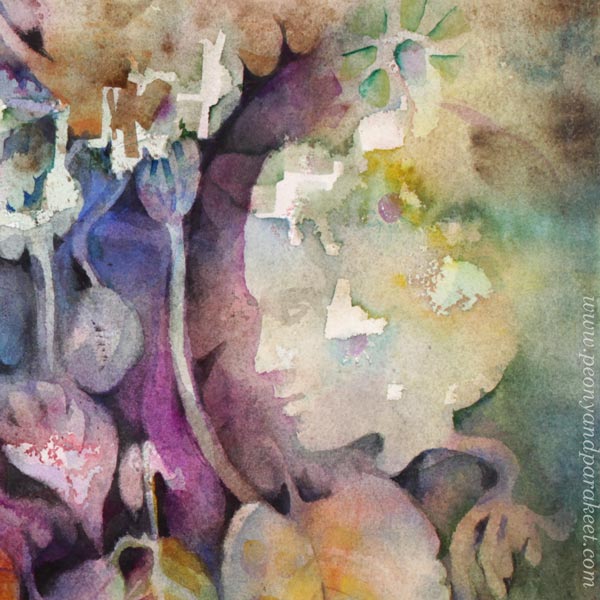
If we try to preserve everything, we are left with nothing. Like Cosmo, we need to choose what makes life and our images rich and what reflects our true selves. Not forgetting “stealing socks” – embracing humor, small vices, often little embarrassing characteristics that make us who we are.
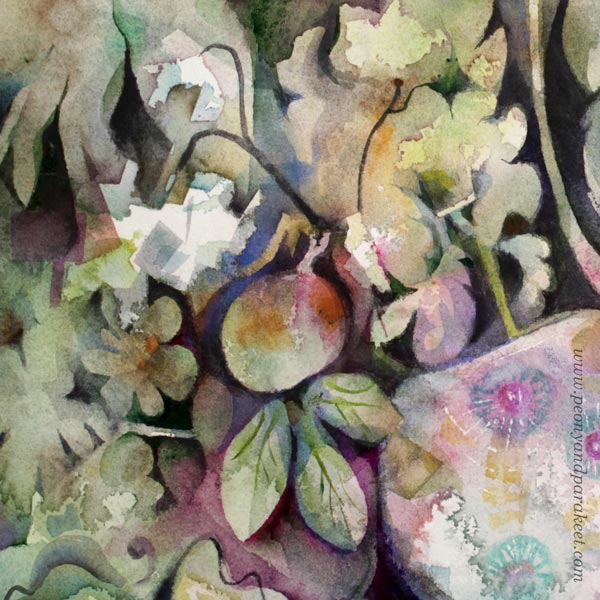
To me, putting more value on these small decisions in the middle of creating has helped to make art that, more often than before, reflects my true self and is a clear presentation of my visual style.
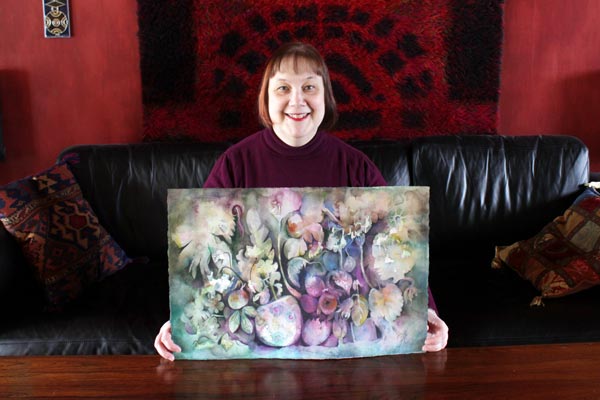
You can still sign up for my class Floral Fantasies while it’s running. So sign up before May 24 to grab this class! >> Sign up here!
4 thoughts on “How to Create Art that Reflects Your True Self?”
Comments are closed.
What a fun post! You have always been cute and full of joy. Cosmo is a wise companion. I like the age dichotomy here.
Thank you, Barbara!
I enjoy the way you paint. This painting is lovely and after reading your post, I enjoy it even more knowing the intention behind it.
Thank you so much, Val!